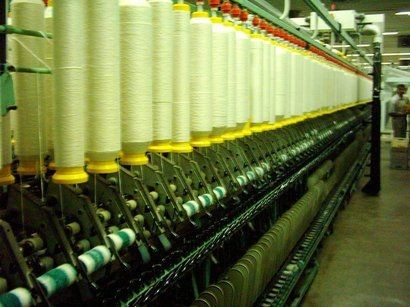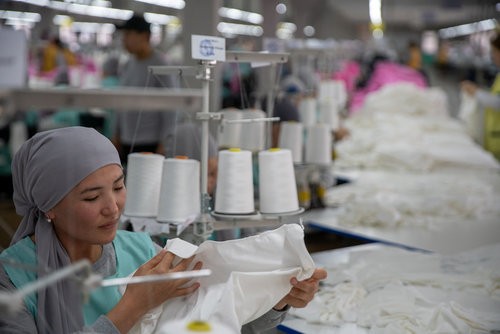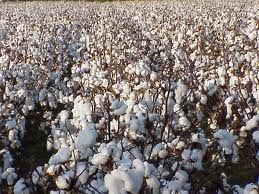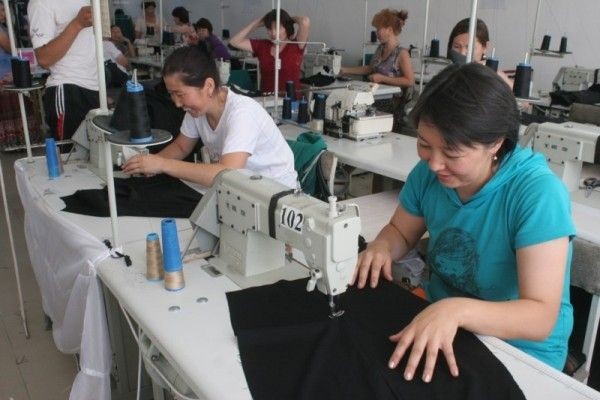BISHKEK (TCA) — A Textile and Clothing Week was held in Bishkek from November 7 to 16. It was the first large-scale event in the history of Kyrgyzstan devoted to the development of the textile and apparel sector. As part of the event, roundtables, a Fashion Week and a High Level Forum were held. At the awarding ceremony, winners of competitions of young designers, industrial enterprises, craftsmen and the media were announced. An exhibition-fair of garments from local manufacturers took place, where local companies showcased their fabrics, clothes, shoes, and accessories. The event was organized by the Kyrgyz Government, the Legprom Light Industry Enterprises Association of Kyrgyzstan, Fashion Designers Association of Kyrgyzstan, development partners including UNDP, EBRD, and ILO, and Russian-Kyrgyz Development Fund. On November 16, a high-level Forum discussed how the State could support the industry to attract labor to the sector, improve the training system and ensure decent working conditions and tools for financing the clothing industry, as well as to enhance its export competitiveness. At the end of the forum, its participants adopted a Resolution on the State’s measures to support the industry. Priority sector Textile and clothing production is among the priority sectors of Kyrgyzstan’s economy. The industry has a high export potential and is of special social significance for the country, as it creates mass jobs. According to the National Statistical Committee, more than 45 thousand people are employed in the textile and clothing industry of Kyrgyzstan. Considering that many enterprises work in the shadow economy, the number of people employed in this sector, according to various estimates, ranges from 200,000 to 300,000. Over 90% of the sector’s workers are women. The garment products rank third in Kyrgyzstan’s export. Over the eight months of this year, garment enterprises exported goods worth $157 million. According to the Economy Ministry, production of the clothing industry has increased by 15% over the past three years. In terms of the volume of imported garment products to Russia, Kyrgyzstan ranks the fifth after China, Turkey, Italy, and Germany. This indicates high quality of Kyrgyzstan’s products. Shortage of labor The garment industry badly lacks personnel while the existing staff has low qualifications, said President of the Legprom Association Saparbek Asanov at the forum.Most industry companies are located in Bishkek and near it, while the bulk of the workforce is available in rural areas, which results in a systemic gap in the human resources. The problem of personnel outflow is related to a high level of migration of skilled and unskilled sewing workers to Russia. Russian companies offer better working conditions for employees, including wages and benefits. Young people prefer to go abroad to earn money to buy homes in Kyrgyzstan. The average age of workers in the sewing industry is 35-40 years. Women in the garment industry mainly came to Bishkek from the regions and have problems with housing, access to healthcare and education services. According to the Association of Light Industry Enterprises, there are over one thousand vacancies in the...




